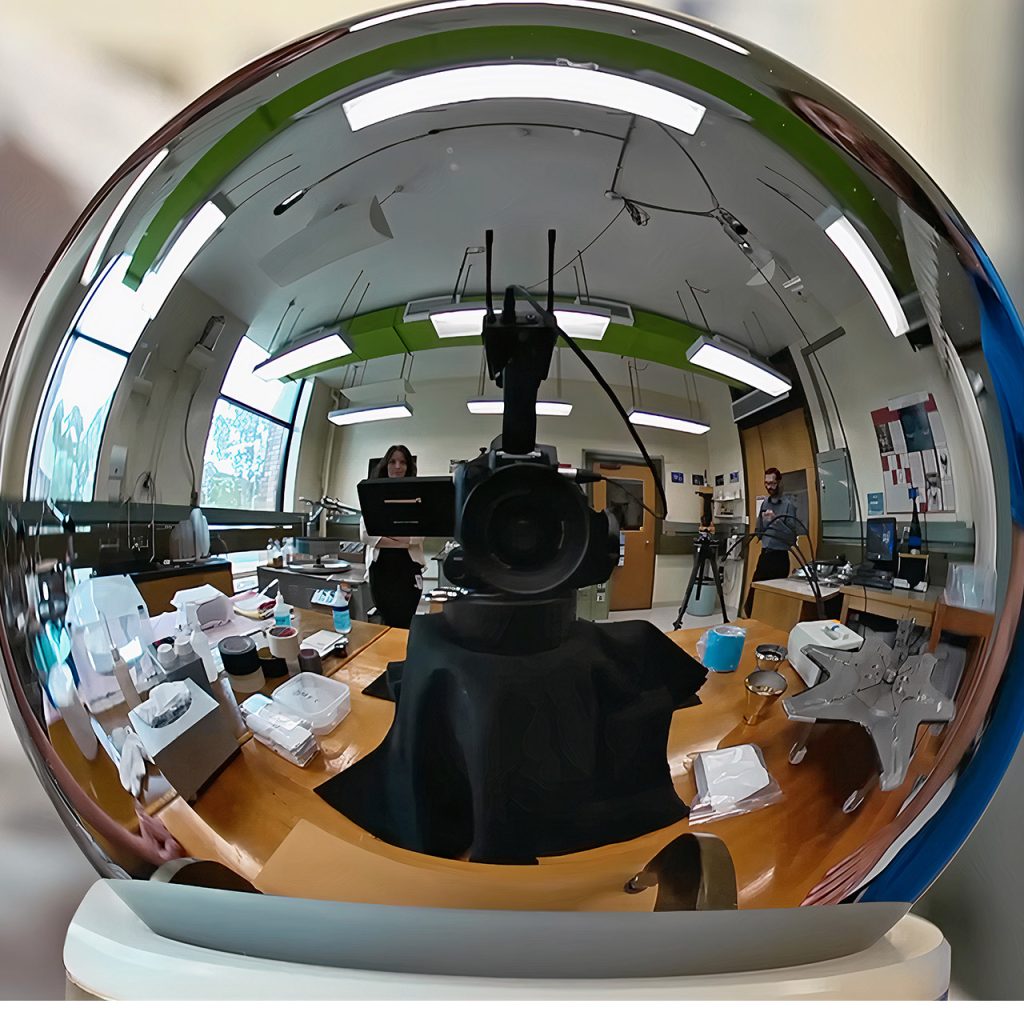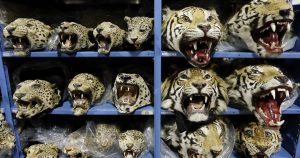Fascinating Look Back at Avogadro Sphere, the World’s Roundest Object


Photo credit: Veritasum
There is a quiet little corner of precision engineering where the roar of factories and the rumble of particle accelerators is miles away, a place where a tiny, gleaming silicon sphere sits at the center of all attention – the Avogadro Sphere. Made from a single isotope, silicon-28, it measures just under 4 inches across and weighs a precise 1 kilogram.
Catch it in the right light and it shines with a beauty not unlike polished marble, but what really sets it apart is the numbers – the deviations from perfect roundness are a mere 50 nanometers over its 93.6mm diameter. Scale that up to the size of the Earth and the bumps and dips would be less than 3-5 meters, basically making it smoother than a billiard ball the size of a city.

DJI Osmo Nano Standard Combo (64GB) – Small 4K/60fps Vlogging Camera with a 1/1.3″ Sensor, 143° Wide…
- Sharper Action, Brighter Details – Osmo Nano’s 1/1.3″ sensor captures more light for crisp, vivid shots. Ideal as a 4K POV camera or vlogging…
- Ultra-Wide 4K Clarity – Record every moment in 4K/60fps with a 143° ultra-wide view. Ideal as a small action camera or for immersive Pet POV…
- Effortless Portability & Versatility – The lightweight, magnetic Osmo Nano is the ideal pocket camera for easy carrying. Use it as a portable camera…
Creating this marvel required years of work from a team of experts all around the world. It started in Russia, where old centrifuges used to enrich uranium were repurposed to separate silicon into its purest isotope, silicon-28. From there, it got shipped to Germany, where they used old equipment from the Cold War era to turn it into massive crystals. After a few false starts, they finally managed to get two 5kg blocks back to Australia where they were to be turned into the shape we know today. The Australian Center for Precision Optics team was led by retired optician Achim Leistner, a man with decades of experience working with lenses – he treated the silicon blocks as if they were fragile glass. He and his crew spun the rotors by hand, gradually wearing away at the surface a bit at a time – the same slowly-honed approach you might see in one of Isaac Newton’s old telescope-making techniques, techniques that date back over three centuries.

Months of careful grinding went by – and it was a real test of patience – with regular breaks in between to check on the sphere’s progress. One of their main tools was a talyrond, a special device that spun around the emerging sphere to detect any tiny faults – as small as a mere 5 nanometers. Computers analyzed the data, directing lasers to map each anomaly. Leistner ran his fingertips over the surface, relying on what his colleagues referred to as his “atomic feeling” – a tactile sense developed to detect defects that are imperceptible to the naked eye. By April 2008, two spheres had surfaced, both weighing the same as Australia’s official kilogram replica. Their roughness varied by 0.3 nanometers, while their overall curvature ranged from 60 to 70 nanometers. Leistner referred to them as his masterpieces.
These spheres were introduced to the globe at a meeting in France that summer. Their goal, however, was to address a measuring issue that had been festering for more than a century. The kilogram was the only basic unit that had always been defined by a physical object: a cylinder of platinum-iridium alloy cast in 1879 and kept in a Paris vault. Copies sent to countries around the world were floating in mass, with some gaining and others losing, and no one knew why. Dust, chemical processes, or even cosmic rays could have been the culprits, but the outcome was chaos. Scientists required a solid basis that was not related to a roving lump of metal but to the rules of nature itself.
[Source]
Fascinating Look Back at Avogadro Sphere, the World’s Roundest Object
#Fascinating #Avogadro #Sphere #Worlds #Roundest #Object








